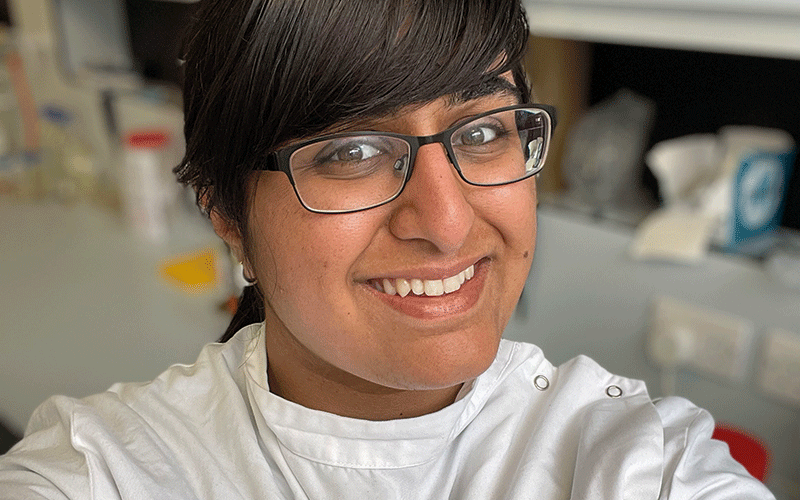Healthcare Scientist Sacha Bhuchar gives a guided tour of the Foodborne Pathogens Reference Service at UKHSA Colindale in London.

The Foodborne Pathogens Reference Service (FPRS) is a section within the Gastrointestinal Bacteria Reference Unit (GBRU) at UKHSA Colindale in London. The FPRS provides specialist and national reference services for a range of Gram-positive bacteria associated with foodborne illnesses: Listeria spp., Bacillus spp., Clostridium perfringens and the cause of botulism: Clostridium botulinum.
FPRS is the only laboratory within the UK where testing for critical diagnosis and confirming the clinical diagnosis of botulism is performed. Whilst C. botulinum is a hazard group 2 pathogen, the neurotoxin it produces is the most potent biological toxin. Being infected by the bacterium or intoxicated by its toxin lead to a rapid symmetrical descending paralysis and, if not treated rapidly with antitoxin, to respiratory failure and death.
A variety of tests are performed, from culture for morphological and phenotypical aspects of the bacteria, PCR for toxin gene detection, MALDI-ToF for bacterial identification, ELISA and bioassay for toxin detection, and whole-genome sequencing (WGS) for Listeria surveillance. Samples are typically received in one batch in the morning and then designated into different workflows, dependent on the tests that are requested and the sample type that has been received. Sample types that are processed are bacterial isolates and clinical specimens or food for botulism testing.
An example of a toxin gene detected is the ceu gene responsible for the production of the emetic toxin, which can cause the emetic form of Bacillus cereus food poisoning. The cpe gene encodes for the C. perfringens enterotoxin, which is responsible for diarrhoeal illness in food poisoning. Whilst PCR can detect toxin genes, an ELISA is performed on faeces for the detection of C. perfringens enterotoxin showing evidence of C. perfringens diarrhoea and the potent botulinum neurotoxin can be detected by a bioassay from food to identify the source of fatal intoxication and prevent further exposure to others. Molecular fingerprinting fAFLP is performed on Bacillus and C. perfringens isolates in outbreaks to link cases together, or to corresponding suspected food.
Listeria cultures are routinely received from both clinical and food, water and environmental (FWE) laboratories. WGS is then carried out, allowing large volumes of genetic data to be generated. Species, serotype and MLST types are inferred from the sequence and most importantly allow accurate discrimination between isolates. Sequence results and metadata are checked in the laboratory information management system and transferred into an online database called Gastro Data Warehouse (GDW). This platform is used by both members of GBRU and regional health protection teams and is important in the management of outbreaks of listeriosis.
Whilst FPRS is a relatively small team (six members of staff), the outcome of the work can bring together bioinformaticians, epidemiologists, health protection teams and local authorities. The weekly workload in FPRS is dictated by whether outbreaks are occurring, any suspected cases of botulism or other incidents, but processing samples from start to finish within one team means that staff members can get to see the whole picture of outbreak cases.




